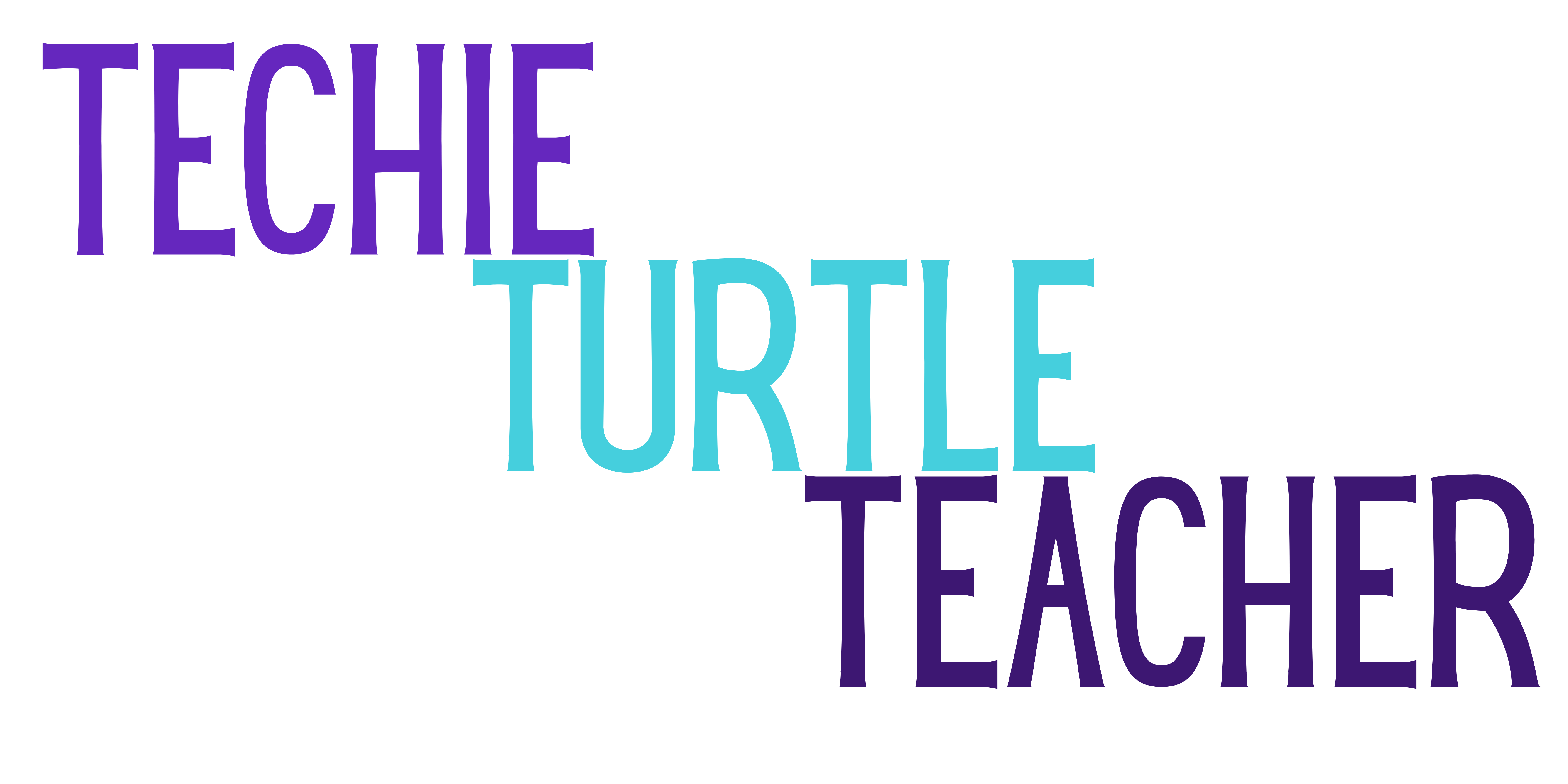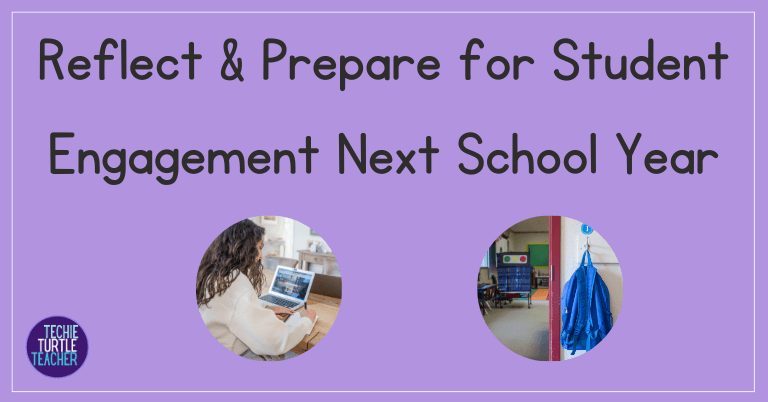From Procrastination to Productivity
Picture this: It’s the end of a long day of teaching, and as you glance around the classroom, you’re greeted by a familiar sight – piles of papers scattered all around, manipulatives everywhere, and an overwhelming feeling of unfinished tasks.
Sound familiar?
If you’ve ever found yourself caught in the whirlwind of classroom chaos and the endless cycle of procrastination, I’m here to help.
Keep reading to explore practice, teacher-tested strategies to reclaim your time and boost productivity!
Say goodbye to procrastination and hello to efficiency.

Where to start with productivity
I’m sure you have a laundry list of things that need to be done in your classroom. Some of those can wait, but others need to be done daily or weekly or you will find yourself drowning in extra work.
You can’t fix everything all at once or you will go crazy.
So pick one area that will make you feel better if you can keep that one thing organized.
Then find time throughout the day to keep that one area clean.
For me, my top priority is keeping my desk clean and organized. If I don’t have a clean space to work, I am not my most productive.
So my plan is to spend 5-10 minutes at the end of each work day making sure everything on my desk is returned to where it belongs. That way when I start my day, I’m starting fresh.
I’ll spend a month focusing just on this goal. It takes a month or two to build a new habit, so I need to give it time to change my behavior. Once I feel comfortable with how well I’m able to execute this plan, then I’ll revisit my other problem areas and pick a new one to focus on.
Try it. Brain dump everything that you want to fix. Number the tasks based on your highest priority to lowest priority. Then get started fixing one thing at a time!

Productivity Tips for Accomplishing Tasks
Templates
Use templates for your lesson plans.
Spend a few minutes creating a template that you can duplicate every time you need to write a new lesson plan.
In your template, make sure you include all the details about objectives, materials, activities, and assessments that you repeat each day.
You don’t need to reinvent the wheel each time you sit down to write a lesson plan.
Technology
How can you use technology to save time with lesson planning and grading? Think about what digital tools you can utilize to streamline these tasks.
Create a bank of report card comments in a Google Doc that you can copy and paste from when working on report cards. If you have a team of teachers that you share ideas with, your whole team could have access to this bank of comments.
Dedicated planning time
I know there are so many things to do each week to prepare for your lessons. Look at your blocks of planning time and schedule your tasks. When will you plan your math lessons? When will you grade?
It’s really hard to switch tasks in one block, so try to focus on only one subject at a time.
During your planning time, do not check your email. Be intentional about scheduling a time or two during the school day to check and respond to emails. If you are constantly checking your email, you will want to respond to those parent emails as soon as they come in and that can derail your productivity.
Set boundaries
You can say no to non-essential tasks. Keep your door closed during your planning time. If you have questions for teammates, make notes of these questions and ask at other times. You don’t want to get sucked in to lengthy conversations when you need an answer to a quick question.
Utilize students for help
Students love to help. Let them put away materials or straighten up the desks at the end of the day. There are many tasks that students are capable of doing, so find ways to involve them!

You aren’t going to fix everything overnight, but by incorporating these tips into your day, you’ll find yourself less stressed and spending less time at school. That means more time with your family and doing the things you love to do outside of the school building.
Pin this to Pinterest for later




